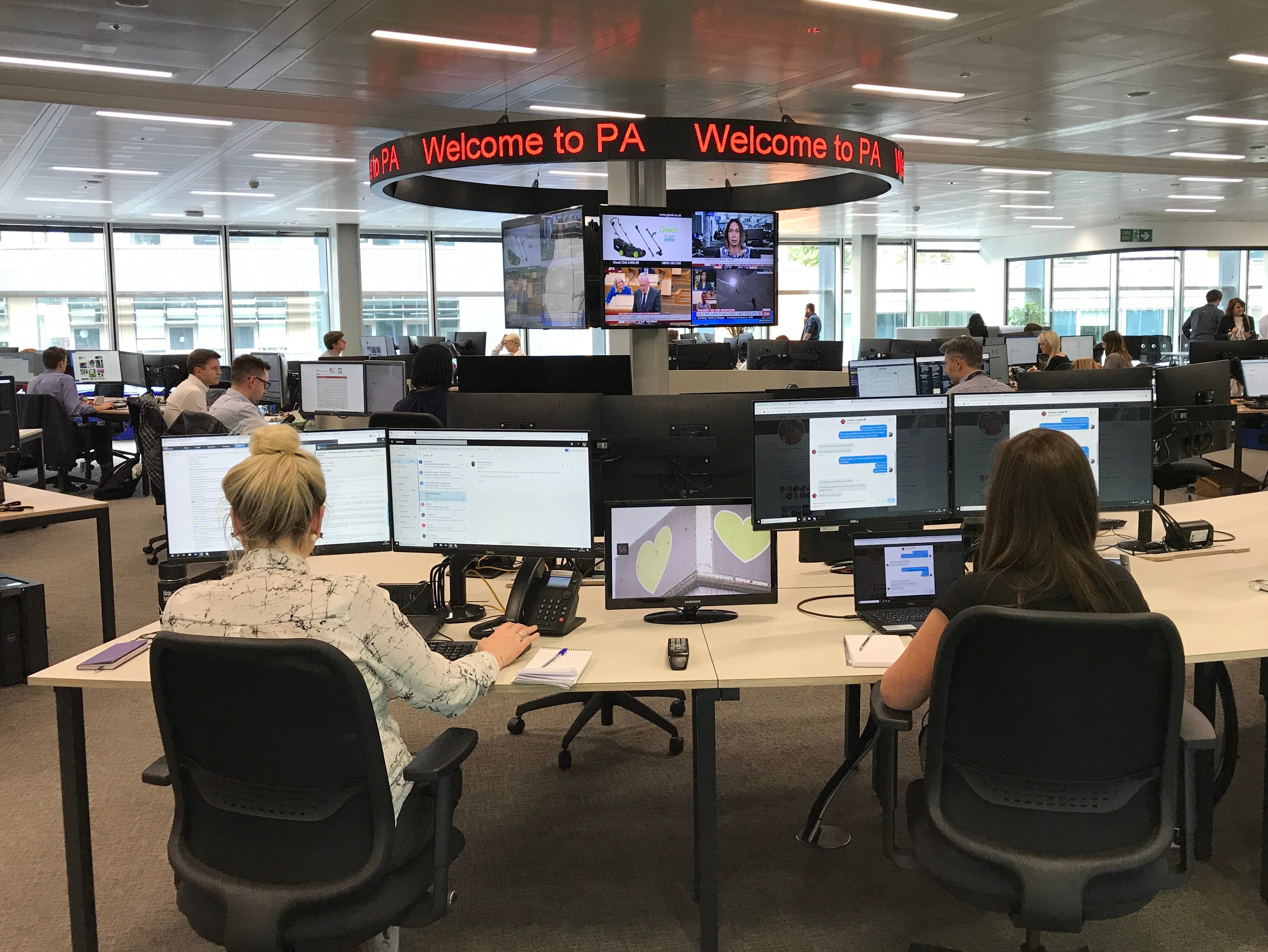
In the latest of a series of Partner Content* articles – United Robots explains why newsroom automation strategies should not start with the tech.
Fast, reliable and accurate: robot journalists sound like an editor’s dream.
And a growing number of newsrooms are realising the value of harnessing automation, not to replace journalists – but to supplement their work by carrying out mundane tasks on a hitherto unimaginable scale.
From increasing engagement and reader revenues, to opening up new avenues of advertising, the commercial arguments for automated content are strong. For the newsdesk, the ability to automate routine reporting tasks both frees up human journalists to pursue more valuable stories and has the potential to reveal new stories through the data.
For Thomas Sundgren, chief commercial officer at United Robots, publishers who make the most of automation all share a common approach: the strategy takes precedence over the technology.
“Simply adopting automatically generated content is not the goal in itself,” Sundgren explains. “It is a tool – a very powerful tool – but you must understand what it is you want that tool to ultimately achieve.” In short, the technology can only deliver optimal value if publishers understand where it fits into their wider editorial and commercial strategy.
 Promoted white paper: How newsrooms can leverage automation
Promoted white paper: How newsrooms can leverage automation
Read United Robots’ 12-page report on newsroom automation: It explains what it is and how it can make journalism better.
Strategic benefits of automated articles
From sports to weather, and real estate to traffic news, United Robots has generated more than four million articles for its publisher partners since 2015 and now provides automated content to over 85% of Sweden’s local news sites, a country that has been at the forefront of the adoption of robot journalism. In only the last few months, the business has announced partnerships with publishers in geographies as varied as Belgium, Columbia and California.
United Robots’ CCO points to four main ways in which the solution can deliver strategic value:
- Driving reader revenue through conversion and retention
- Drastically lowering inventory costs
- Helping newsrooms free up time for journalists to produce journalism
- And rapidly expanding coverage in any topic on which automated content can be produced.
“For a number of years, we’ve seen lot of companies doing it the wrong way; looking at tech first and the strategy second – if they had any strategy at all,” Sundgren says. “When we’d get in the room with them, they would be keen to talk about the ‘how’ rather than the ‘why’ – all too often it was seen in the context of a data science venture, led by tech teams.
“But, only in the last six months or so, more and more of the conversations we’re having in markets like Latin America, the UK and the US are emanating from a strategic context. They already know about the tech, they’ve done their research, and they want to talk about where it can make a real difference. Those conversations give me goosebumps, because it’s exactly where we’ve been trying to help the publishing world to get to.”
Using the example of one UK publisher United Robots began working with last year, Sundgren says: “In January it was very tech-first,” he says. “Discussions paused for a few months and now, they’re coming into it leading with a strategic agenda to grow local footprint and local coverage. It’s the same thing with the US, where we’re talking to clients that one year ago didn’t know what the ultimate goal was. Now their eyes are open to what is achievable, particularly around growing reader revenue. It’s a real turnaround and the speed of change is amazing.”
Editorial teams need to be involved from the start
Automation projects cannot just be left to the tech teams.
“What we really want to see is that all stakeholders are aligned, contributing to the conversation, and agreed on the goals,” he explains. “That can involve technology, editorial, business development and senior management. Getting that level of buy-in is crucial. Of course, some education might still be required – we are the specialists and have the experience in how this all works after all – but they are the people who truly understand their business. Ensuring we’re all on this journey and developing the business case together is crucial to success.”
United Robots’ approach, often involves starting with a smaller project, something that can serve as both proof of concept and give the publisher time to figure out challenges such as content distribution, before scaling up.
“They should have some clear-cut strategic driving forces and our role is to help reveal how automated journalism can help serve those needs, helping fill in the blanks between strategy and execution,” Sundgren explains. “The publishing partner sets the strategic context, but, coming from a media background ourselves, and having worked on aligning strategic goals with automated content for so long, it makes for a very robust and valuable dialogue.”
Grassroot sports and property content are two areas where United Robots is keen to replicate success in new markets.
Dutch Media group NDC has used automation to cover 60,000 local football matches in a season.
And automated property stories have driven millions of page views, and significant new revenue, for publishers in Scandinavia.
“We try to be as transparent and honest as possible and we’re not in the business of selling for the sake of selling,” Sundgren explains. “Our mission is to help deliver lasting transformation and value. Sometimes that does involve us having to tell an interested party that they need to think more about the strategic context before proceeding.
“But we can help them develop those thoughts. Publishers do not need to come into discussions 100% ready – the threshold for starting investigative talks is actually quite low – but it helps if they have some understanding of what automation can deliver, have aligned internally, and are ready to have an in-depth conversation about what the next steps might be.”
Read more: Why journalists have nothing to fear from automation
This article was paid for by Press Gazette commercial partner United Robots. To find out more about how to leverage newsroom automation, down their free in-depth guide for publishers.
Email pged@pressgazette.co.uk to point out mistakes, provide story tips or send in a letter for publication on our "Letters Page" blog
